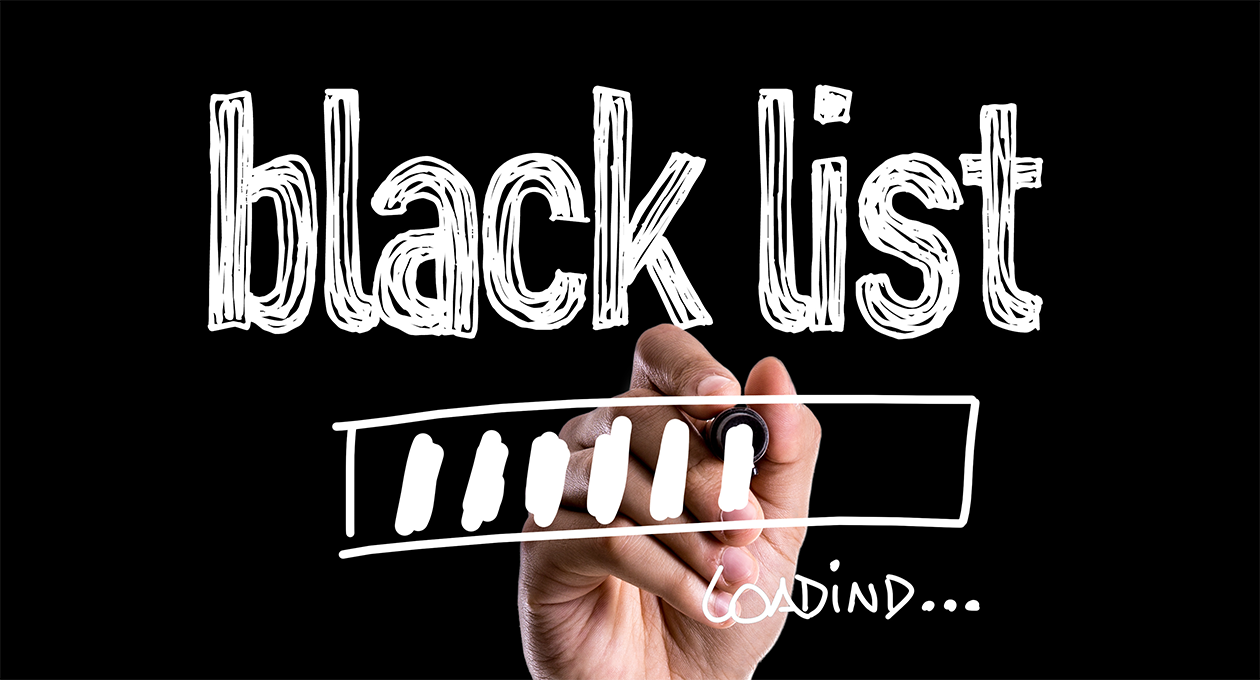Introduction
Blacklisting is a term that comes up frequently in the digital world, and although many of us have a vague idea of what it means, the details and implications are often less well known. In a nutshell, blacklisting refers to the process by which certain entities - be it an email address, a Domaina software application or even a user in social networks - can be placed on a kind of exclusion list to restrict their access or functionality. This article aims to shed some light on what blacklisting is, how it works, why it is used and how to deal with it or even prevent it.
The basics of blacklisting
Blacklisting acts as a security measure in various digital spheres. It serves to prevent unwanted or harmful actors from causing damage - be it through spam emails, malware distribution or unauthorised access to networks. In email communication, for example, blacklisting helps to reduce spam by blocking emails from known spammers. In the area of cyber security IP-For example, addresses or domains that have been identified as a source of malware are blacklisted to protect networks. Synonyms for blacklisting include terms such as "exclusion lists" or "blacklists", all of which have the same purpose: to isolate and restrict entities that have been categorised as risky.
How and why does blacklisting occur?
There are many reasons for blacklisting, ranging from preventing spam and protecting against malware to complying with legal requirements and security guidelines. Email services use complex algorithms to identify spam and block the corresponding sender addresses. Network operators take a similar approach by blocking IP addresses or domains from which harmful activities originate. This procedure not only protects against immediate threats, but also serves to maintain the integrity and performance of services. In the SEO context, the blacklisting of websites by search engines can occur when manipulative practices such as Keyword-Stuffing or Cloaking which significantly impairs the visibility and accessibility of the affected pages.
Detection and verification of blacklisting
Determining whether you are on a blacklist can be a challenge, but there are tools and methods that can help. For email senders, there are services such as MXToolbox that allow you to check your domain against several known blacklists. Website operators can use similar tools to check whether their domain has been blocked by search engines or security services. Early detection is crucial as it allows countermeasures to be taken before reputation or functionality is seriously affected.
Dealing with blacklisting
Being blacklisted is not the end of the world, as long as you are proactive. The first step is to contact the organisation that has blacklisted you to find out why and discuss the steps needed to rectify the problem. This often requires a review and adjustment of the organisation's own practices, be it email communication, website security or content creation. Preventative measures also play a crucial role, such as implementing stricter security protocols, regularly monitoring email practices and adhering to best practices for SEO.
Conclusion
Blacklisting may seem like an intimidating concept at first glance, but with the right knowledge and tools, the risk can be minimised. By understanding the principles of blacklisting, you can not only respond effectively to any incidents, but also take preventative measures to avoid them in the first place. Ultimately, it's about finding a balance between security, compliance and the best possible performance in the digital world.
